Table of Contents
Introduction
Human history is a story of relentless progress—of constantly finding new ways to solve problems, improve lives, and shape the world around us. From the earliest civilizations that molded clay into useful objects to the cutting-edge advancements of artificial intelligence (AI), our journey has been one of continuous transformation.
At Clay to AI, we celebrate this journey of how Technology Transformed Human Vision! Our world has evolved from crafting with hands to building with intelligence, and this transition speaks volumes about human ingenuity. In this article, we’ll take a deep dive into this fascinating evolution—how we went from simple clay artifacts to the revolutionary age from clay to AI.
The Birth of Human Creativity: Clay and Early Innovations
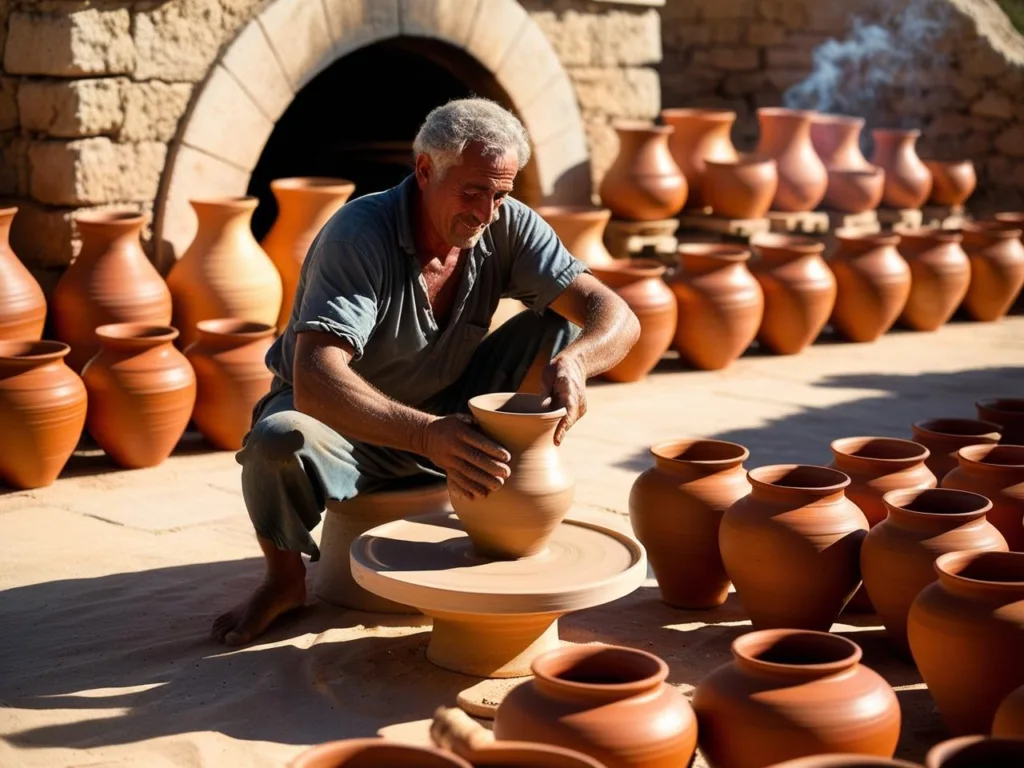
In the earliest days of civilization, humans relied entirely on nature for survival. They learned to shape their environment, first with the most accessible materials—stone, wood, and clay. Clay, in particular, became one of the first materials that humans molded into useful items.
Archaeological discoveries show that some of the oldest clay artifacts date back over 10,000 years. Clay pots, plates, and figurines provided early humans with storage, cooking, and artistic expression. These simple yet groundbreaking inventions allowed societies to store food, carry water, and even communicate through inscriptions on clay tablets.
But why clay? The answer lies in its versatility. It was abundant, easy to shape, and hardened when exposed to fire, making it durable. Early civilizations, from Mesopotamia to the Indus Valley, used clay extensively, laying the foundation for human innovation.
As human needs grew, so did their ability to manipulate materials. The discovery of metals like bronze and iron marked a significant leap forward. Stronger tools, weapons, and architectural advancements followed, allowing civilizations to build better and progress faster.
The Age of Metals: Strengthening Civilization
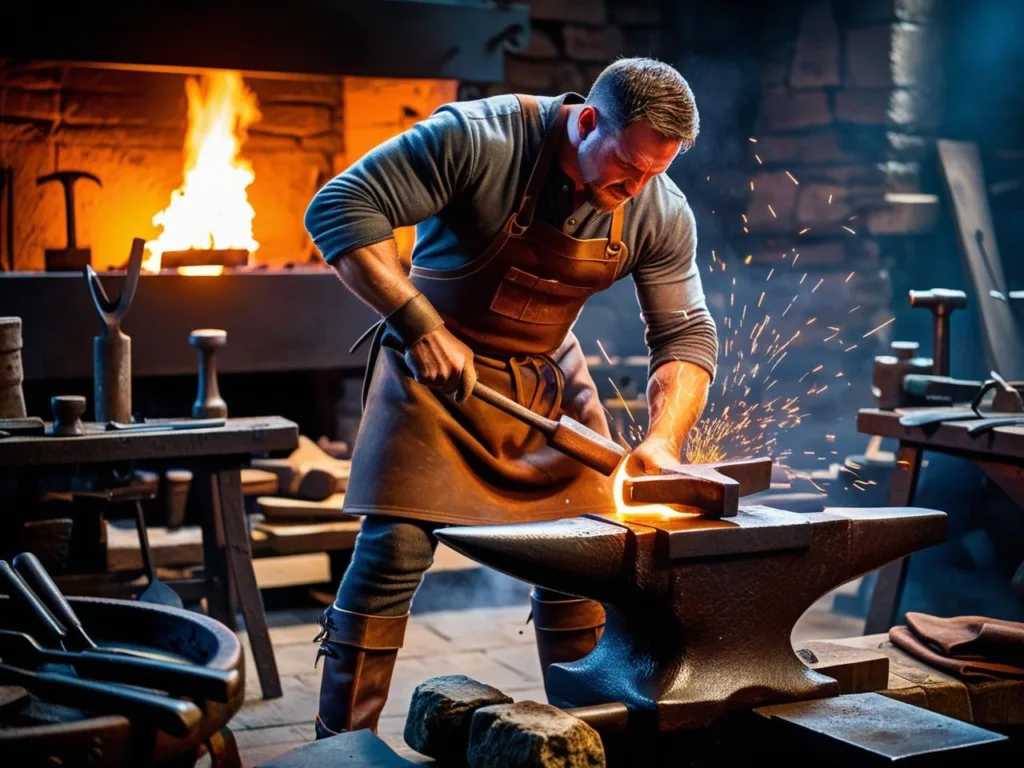
The transition from clay to metals marked a turning point in human history. Around 3000 BCE, people discovered that mixing copper with tin created bronze, a material much stronger than pure copper. This led to the Bronze Age, during which civilizations flourished with improved tools, weaponry, and infrastructure.
Metals changed everything:
- Stronger tools meant more efficient farming and construction.
- Better weapons gave civilizations military advantages.
- Durable structures led to more permanent settlements and architectural wonders.
The discovery of iron around 1200 BCE brought even greater advancements. The Iron Age saw the rise of massive empires, from the Greeks to the Romans, who built cities, developed roads, and expanded trade networks. Unlike clay, which was fragile, or bronze, which was expensive, iron was strong and widely available. This allowed rapid expansion and industrial growth.
Even with these advancements, humanity’s thirst for innovation didn’t stop. We needed new materials—ones that were lighter, more flexible, and easily mass-produced.
The Rise of Modern Materials: Paper, Plastic, and Beyond
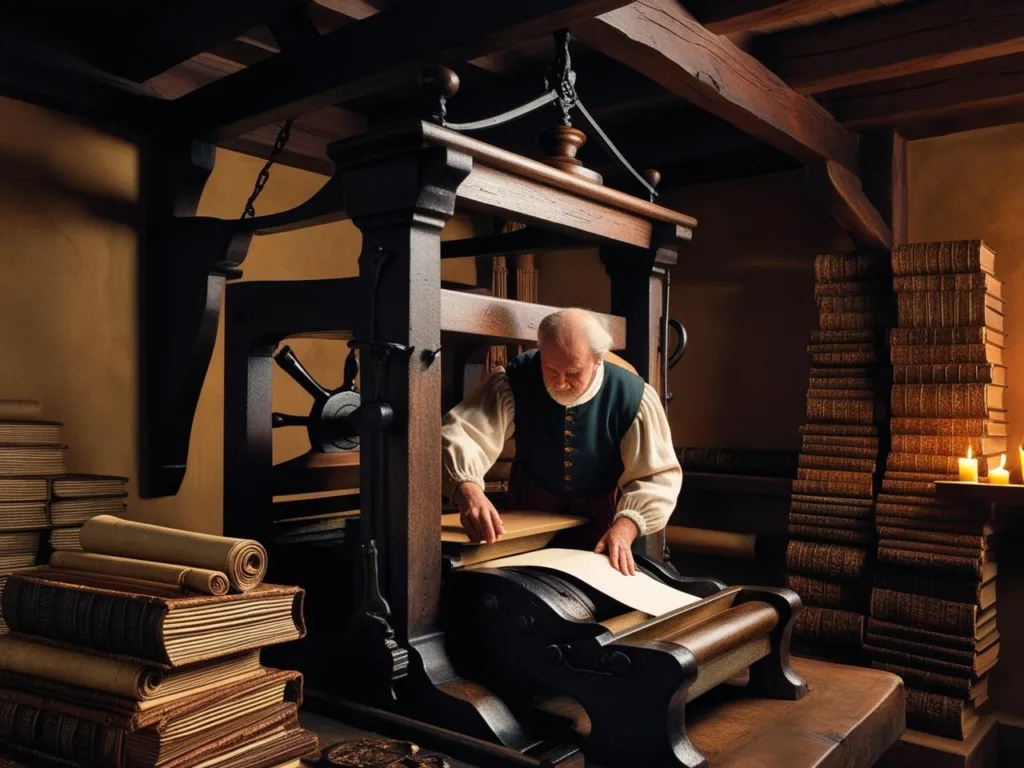
As societies became more complex, communication became essential. Enter paper, one of the greatest inventions of all time. Developed in China around 100 BCE, paper transformed how humans recorded and shared information. Unlike clay tablets or parchment, paper was lightweight, easy to produce, and highly portable.
With paper, knowledge spread faster. The invention of the printing press in the 15th century accelerated this, making books, newspapers, and education accessible to more people. This democratization of knowledge fueled the Renaissance, scientific revolution, and industrialization.
Then came the invention of plastic in the 19th century. While metals were strong and paper was useful, both had limitations. Plastic introduced a new level of flexibility and affordability, revolutionizing industries like:
- Packaging (lightweight and durable materials for food storage)
- Healthcare (medical devices, prosthetics, and disposable syringes)
- Technology (circuit boards, casings, and insulation)
As we moved into the 20th century, the development of synthetic materials, electronics, and automation brought us into a new industrial era. But none of these advancements would compare to the digital revolution that followed.
The Digital Age: From Machines to AI
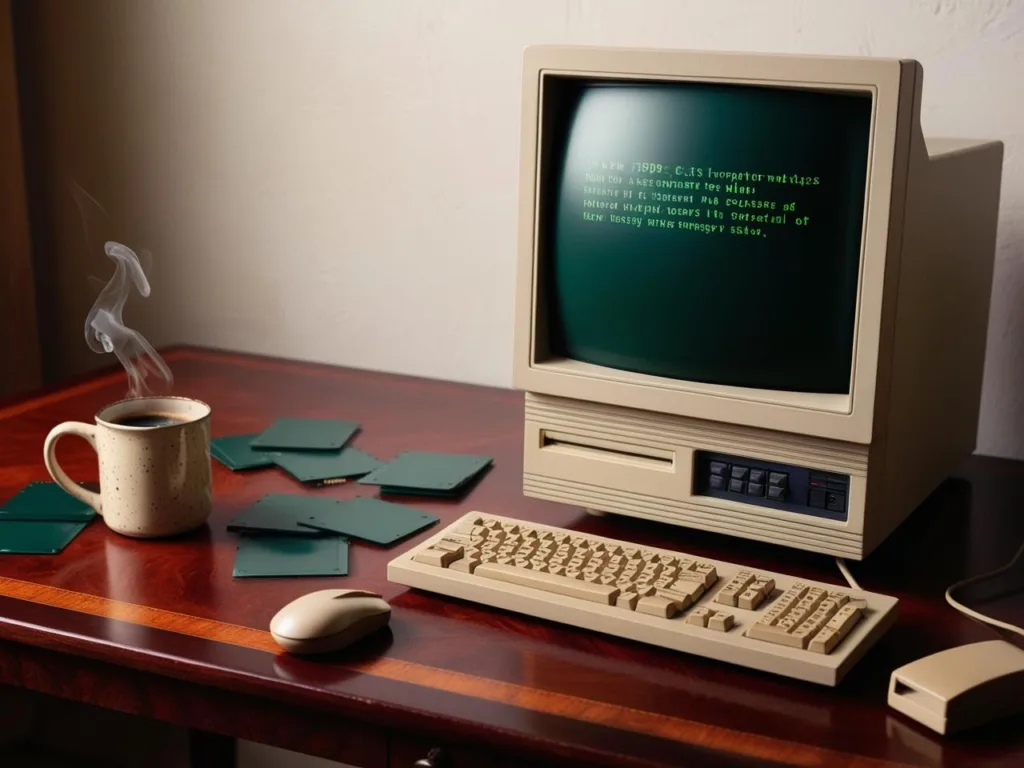
The 20th and 21st centuries saw the most rapid technological advancements in human history. With the invention of computers in the mid-20th century, a new era of intelligence began. Unlike clay, metal, or plastic, computers weren’t just physical materials—they could think, process, and learn.
The development of microchips, the internet, and automation led to an explosion of digital transformation. Suddenly, machines could perform tasks faster and more efficiently than humans. This digital shift paved the way for:
- Smartphones and communication devices
- Cloud computing and data storage
- Self-driving cars and automation
But the most significant breakthrough has been Artificial Intelligence (AI)—a technology that allows machines to analyze, learn, and adapt without direct human intervention. AI is changing every industry, from healthcare (predicting diseases) to finance (automated trading) and education (personalized learning).
AI is, in many ways, the next step in human creativity and problem-solving. Just as clay was once molded to create tools, AI is now being shaped to solve problems, optimize efficiency, and even create art.
Clay to AI: A Story of Transformed Human Vision
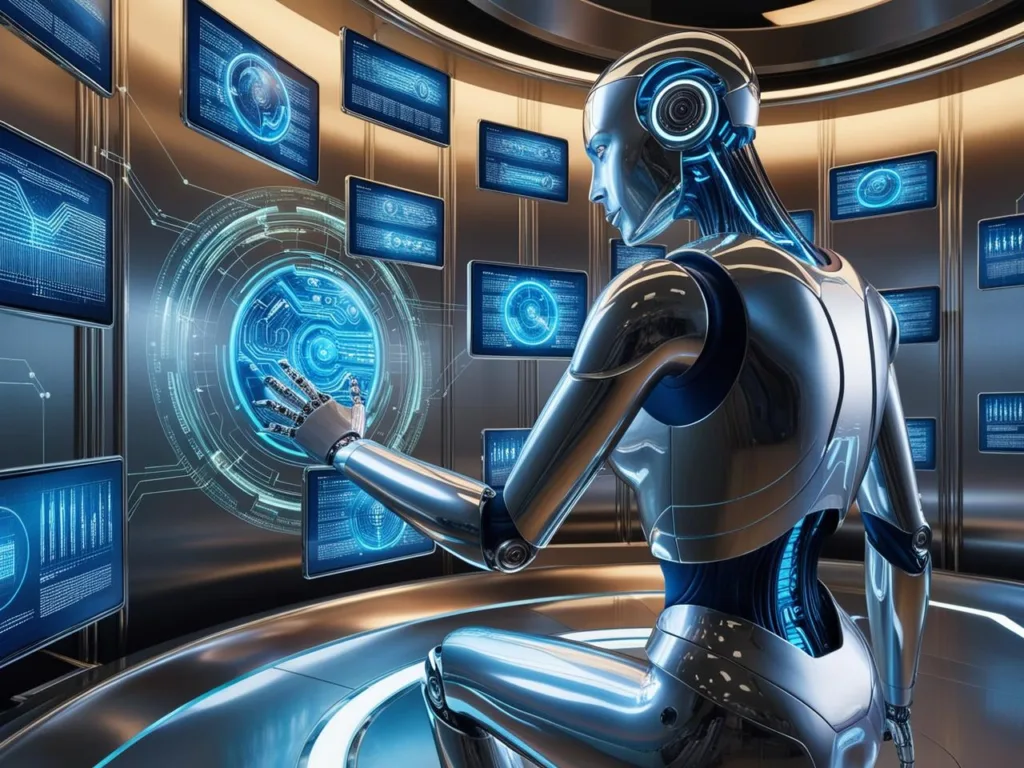
The transition from clay to AI represents humanity’s endless pursuit of innovation. While our ancestors shaped clay with their hands, today we shape intelligence with code and algorithms. The same creativity that led to the invention of the clay pot is now driving the development of AI-powered robotics and automation.
What’s Next? The Future of Innovation
As AI continues to evolve, what will the next major shift be? Just as early humans couldn’t have predicted the internet, we might not fully understand where AI will take us. However, one thing is certain:
- Innovation will never stop.
- Creativity will always drive progress.
- Technology will continue to reshape how we live and work.
At Clay to AI, we explore the intersection of traditional craftsmanship and modern technology. Whether it’s DIY projects, tech innovations, or productivity hacks, we believe in bridging the past with the future.
Final Thoughts
From shaping clay pots to developing AI-powered solutions, human progress is a testament to curiosity, experimentation, and resilience. Each invention, no matter how small, has contributed to our collective journey toward a smarter and more connected world.
The question we should ask ourselves isn’t “What’s next?” but rather, “What can we create?”
Because from Clay to AI, the power of innovation is in our hands.
Join the Journey!
Want to explore more about DIY innovations, tech hacks, and futuristic ideas? Stay connected with Clay to AI as we uncover the next wave of creativity and transformation!
Let’s shape the future—just as our ancestors shaped the past
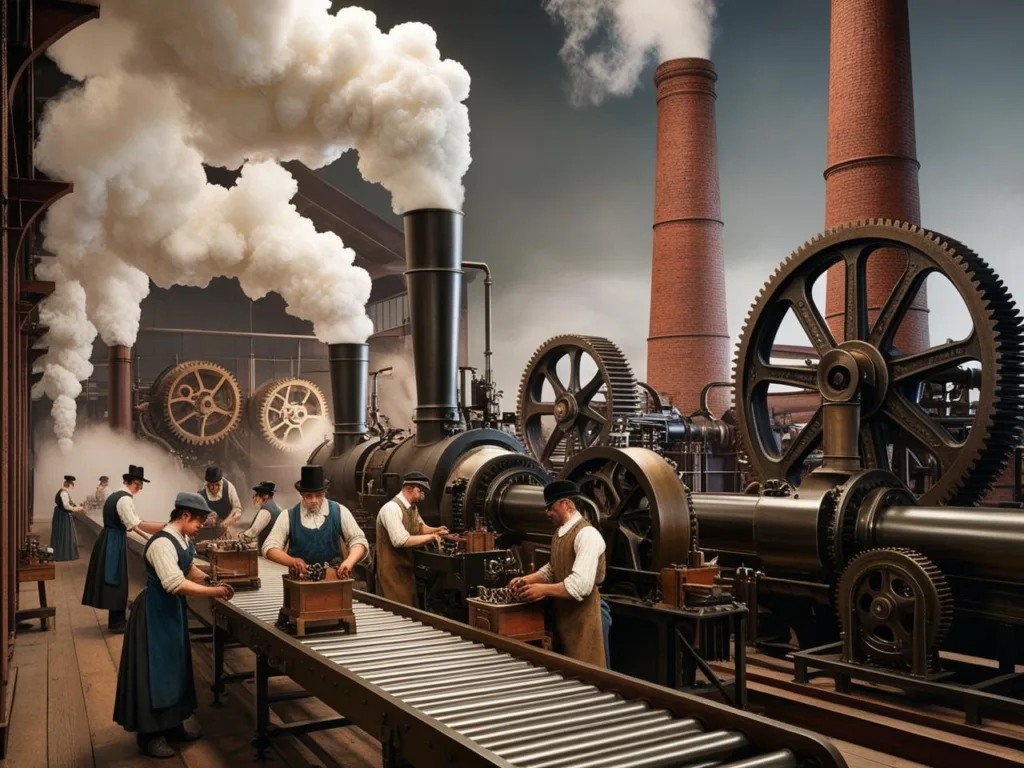

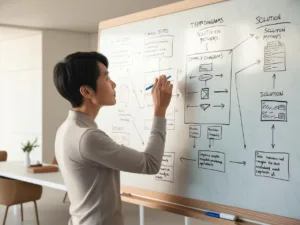

One Response
http://toyota-porte.ru/forums/index.php?autocom=gallery&req=si&img=3236